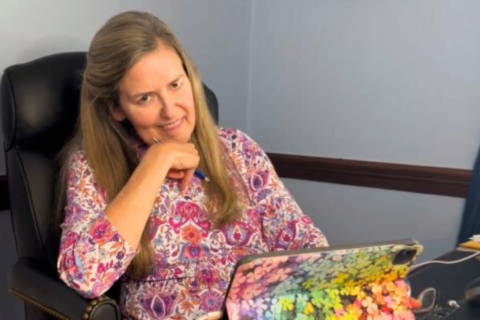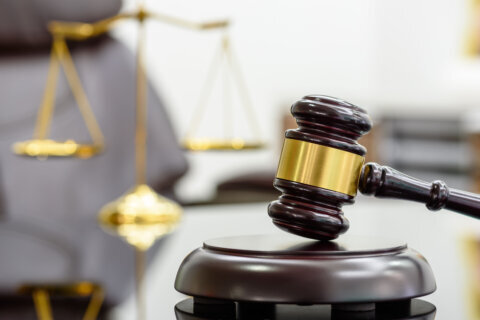The recent troubles surrounding the Johnson & Johnson COVID-19 vaccine won’t have an effect on Virginia’s allotment of the vaccines — at least for now.
Dr. Danny Avula said at a news conference on Friday that next week’s doses of the Johnson & Johnson vaccine — more than 200,000 in total, 124,000 of that to local health districts and mass vaccination sites and about 100,000 to pharmacies — won’t be affected by the news that Johnson & Johnson had to sequester, and will likely have to get rid of, 15 million doses due to problems with mixing.
After that, Avula said, “I don’t yet know what that will mean for future weeks.” The company has said it’ll still be able to meet its production goals for April. Avula said he was hopeful of that, but that “15 million doses is a lot of doses.”
In other news, he said there were “no concerns” about meeting the April 18 deadline to enter Phase 2 — in which anyone over age 16 can make an appointment — that Gov. Ralph Northam announced Thursday.
Virginia is just short of 4 million vaccine doses administered, Avula said. About 30.9% of adults have had at least one dose, while 16.6% have been fully vaccinated.
Shuffling doses
Avula also said that allocations of vaccines have been shuffled among local health districts in order to meet demand, which can vary from area to area. He said that in Northern Virginia, allotments have gone up from 102,490 the week of March 14 to 132,000 for the week of March 21 and 145,000 the week of March 28. (Those numbers don’t include allotments to pharmacies.)
That process would continue, he said, as areas move from Phase 1b to Phase 1c, the last phase before Phase 2, in which anyone is eligible for an appointment.
While some areas in Prince William County are still on Phases 1a and 1b, Avula noted, he said it wouldn’t take very long. The county is “just about there,” he said. (Local health districts can move into Phase 2 starting April 11 if they’re able; individual clinics are able to move forward if they have three or more days with fewer than 90% of their appointments taken.)
Avula said case numbers are at a “plateau” in Virginia — which isn’t the kind of decline one would hope for, but is better than the concerning rise nationwide.
Hesitancy
Avula said that at some point, the challenge will shift from getting enough vaccine for all the people who want it and over to convincing enough people to take the shot to get to the 70% threshold of herd immunity.
About 60% of the commonwealth wants to be vaccinated, so that won’t be a problem, he said; “that last 10% or 15% is the job. … We’ve gotta do the harder work.”
Vaccine hesitancy is “clearly a front and center issue for us,” Avula said. Different populations are hesitant — non-English speakers, the non-tech-savvy, Black communities with hesitancy and rural white people — and they have different reasons.
“Working through key leaders, through trusted members of communities” is the key, Avula said, and he hoped the herd-immunity level would be reached around the end of summer.
- Sign up for WTOP alerts
- Latest coronavirus test results in DC, Maryland and Virginia
- Coronavirus vaccine FAQ: What you need to know
- Latest vaccination numbers in DC, Maryland and Virginia
Looking for more information? D.C., Maryland and Virginia are each releasing more data every day. Visit their official sites here: Virginia | Maryland | D.C.







